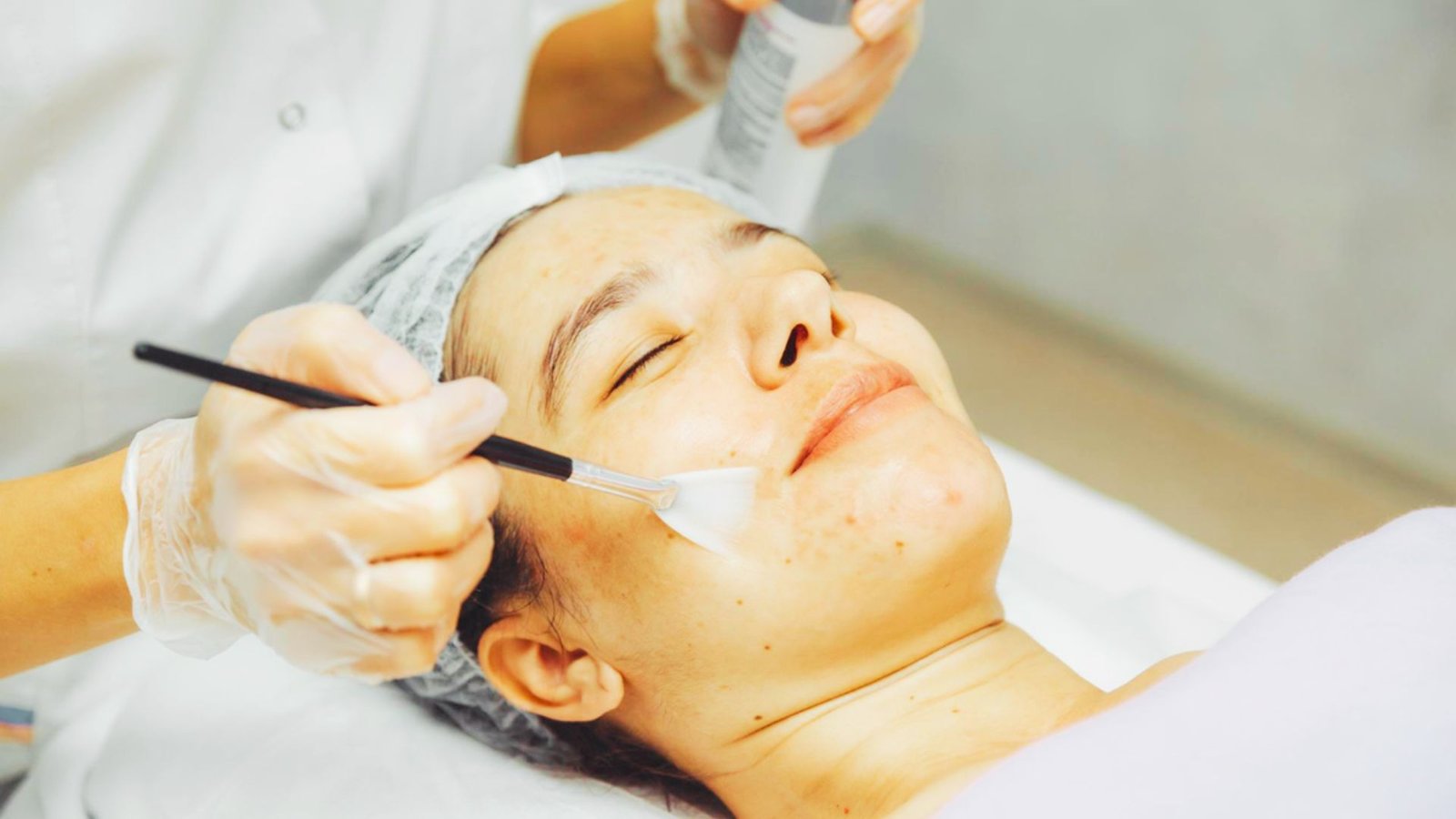Dermaplaning vs Microneedling: Find Your Perfect Skin Fix

Choosing between dermaplaning vs microneedling can feel overwhelming. I get it. I’ve been there, staring at options and wondering which one would actually help my skin.
Both treatments are popular, but they work completely differently. Picking the wrong one means wasted time and money. That’s why I created this guide to help you choose wisely.
I’ll break down what each treatment does, how they compare, and which fits your specific skin goals. You’ll learn about benefits, recovery times, and real results.
I’m covering what microneedling is, how dermaplaning works, their key differences, whether you can combine them, and how to pick the right one for you.
No confusing terms. Just clear, honest answers.
What Is Microneedling?

Microneedling uses tiny needles to wake up your skin’s natural healing process and boost collagen production for smoother, firmer results.
A device with fine needles creates tiny punctures in your skin. Your skin kicks into healing mode and makes more collagen and elastin. This improves texture from the inside out.
It reduces fine lines, wrinkles, acne scars, and rough texture. It shrinks pores, evens skin tone, and helps serums absorb better. You can add PRP for extra results.
Your skin will look pink for one to three days. You can wear makeup after 24 hours. Use gentle products, skip retinol for a week, and wear sunscreen daily.
What Is Dermaplaning?

Dermaplaning gently scrapes away dead skin and fine facial hair using a surgical blade for instant smoothness and glow.
A trained professional uses a sterile surgical blade at a 45-degree angle with light, feathering strokes. The blade removes dead skin cells and peach fuzz in about 30 minutes. It’s painless. You might feel a light scraping sensation.
You walk out with immediate results. Your skin feels silky smooth and glowing right away. Makeup goes on flawlessly. It’s safe for sensitive skin and pregnant women since there are no chemicals. Your skincare products absorb better, and fine facial hair is gone without irritation.
There’s zero downtime. You can go back to your day immediately. Use gentle cleansers and moisturizers. Don’t skip sunscreen on your fresh skin. Avoid harsh scrubs or acids for a few days.
Dermaplaning vs Microneedling: Key Differences

Let me break down how these two treatments are different so you can figure out which one matches your skin goals.
| Feature | Microneedling | Dermaplaning |
| How It Works | Needles create micro-injuries to boost collagen | Blade removes dead skin and peach fuzz |
| Best For | Scars, wrinkles, texture issues | Dull skin, hair removal, instant glow |
| Downtime | 1-3 days of redness | None |
| Results | Gradual, lasts 6+ months | Instant, lasts 3-4 weeks |
| Pain Level | Mild discomfort with numbing | Painless |
Treatment Goals
Microneedling goes deep. It wakes up collagen production in the lower layers of your skin. This fixes problems you can’t see on the surface. It’s like giving your skin a complete rebuild from within.
Dermaplaning stays on top. It sweeps away dead cells and fine hair for instant brightness. You get immediate exfoliation and that fresh glow right away.
Best For
Microneedling handles:
- Acne scars that need smoothing
- Fine lines and wrinkles
- Rough or bumpy texture
- Large pores
- Skin that lost its firmness
Dermaplaning handles:
- Dull, tired-looking skin
- Peach fuzz you want gone
- Surface buildup and dead cells
- Prepping skin for flawless makeup
- Sensitive skin that reacts to harsh products
Downtime & Sensitivity
Microneedling means taking it easy for a bit. Your face will be red and tender for one to three days. You’ll need to be gentle with your skin during this time.
Dermaplaning has zero recovery time. You can put on makeup right after if you want. Your skin might feel slightly sensitive, but you’re free to go about your day.
Results & Longevity
Microneedling takes patience. Results show up slowly over weeks and months. But they stick around longer because you’re actually building new collagen. The effects can last six months or even more.
Dermaplaning shows off immediately. You see that glow the second you’re done. The catch? It’s temporary. Dead skin comes back. Hair grows in. Most people come back every three to four weeks to keep that smooth look going.
Can You Combine Dermaplaning and Microneedling?

Yes, you can combine these treatments, and many professionals do this for enhanced results that address multiple skin concerns at once.
How it works:
Dermaplaning is done first. It removes dead skin and hair. This prepares your skin for microneedling. The needles can penetrate better on clean, smooth skin.
Then microneedling follows. Your skin absorbs serums more effectively after dermaplaning. The combination addresses both surface issues and deeper concerns.
But here’s the catch. Not everyone should combine them. Your skin needs to be healthy enough to handle both. Some skin types might get too irritated.
Who should avoid combining:
- People with active acne or infections
- Those with very sensitive skin
- Anyone with certain skin conditions
Skip combination treatments if you’re unsure. Always work with a licensed professional. They can assess your skin and create a safe treatment plan.
The timing matters too. Some providers do both in one session. Others space them out. Trust your professional’s judgment on what works best for your skin.
Which Treatment Is Right for You?
Your perfect treatment depends on your skin type, your goals, and what you’re trying to fix on your face right now.
- Microneedling is best if you’re dealing with deep scars, wrinkles, or rough texture. It rebuilds collagen and targets deeper issues below the surface.
- Dermaplaning works great when you want instant glow and smoothness. It’s perfect for special events or regular maintenance with zero downtime.
- Sensitive skin often does better with dermaplaning since there are no needles or chemicals involved. Just gentle exfoliation that won’t irritate.
- Normal to oily skin can usually handle microneedling well. Pregnant women should stick to dermaplaning since microneedling has more risks.
- Microneedling needs recovery time with a few days of redness. Dermaplaning fits into any schedule and you can do it on your lunch break.
- Always book a consultation with a licensed dermatologist or esthetician. They’ll examine your skin, consider your medical history, and create a personalized plan that actually works for you.
Conclusion
I’ve personally tried both dermaplaning vs microneedling, and honestly, they both work wonders. Dermaplaning gives me that instant glow I crave before big events. Microneedling has slowly faded my stubborn acne scars.
Here’s the thing. Your skin is different from mine. What worked for me might not be your best option. That’s why I always recommend talking to a licensed professional first.
Ready to get started? Book a consultation and find out which treatment is right for you. Your smoother, glowing skin is just one appointment away.
Frequently Asked Questions
Does dermaplaning make hair grow back thicker?
No, this is a myth. Dermaplaning removes vellus hair, which grows back the same texture. It might feel stubbly at first because it’s cut blunt.
How many microneedling sessions do I need to see results?
Most people need three to six sessions spaced four to six weeks apart. Real changes happen with multiple treatments over time.
Can I do dermaplaning at home?
Professional dermaplaning is safer and more effective. DIY attempts can cause cuts or irritation if you’re not trained properly.
Is microneedling painful?
Most people feel mild discomfort, not pain. Your provider applies numbing cream before treatment to make it tolerable.
How long do dermaplaning results last?
Results last about three to four weeks. Many people schedule monthly treatments to maintain smooth, glowing skin.










